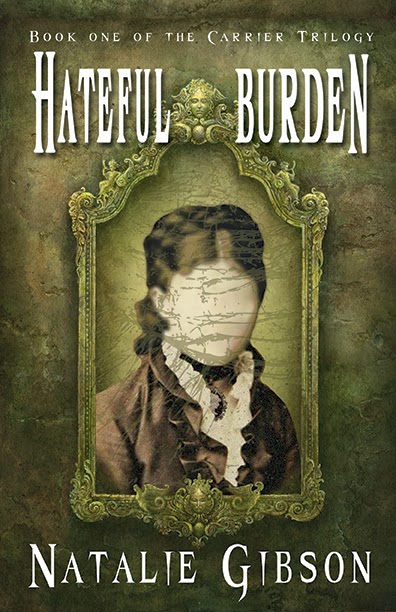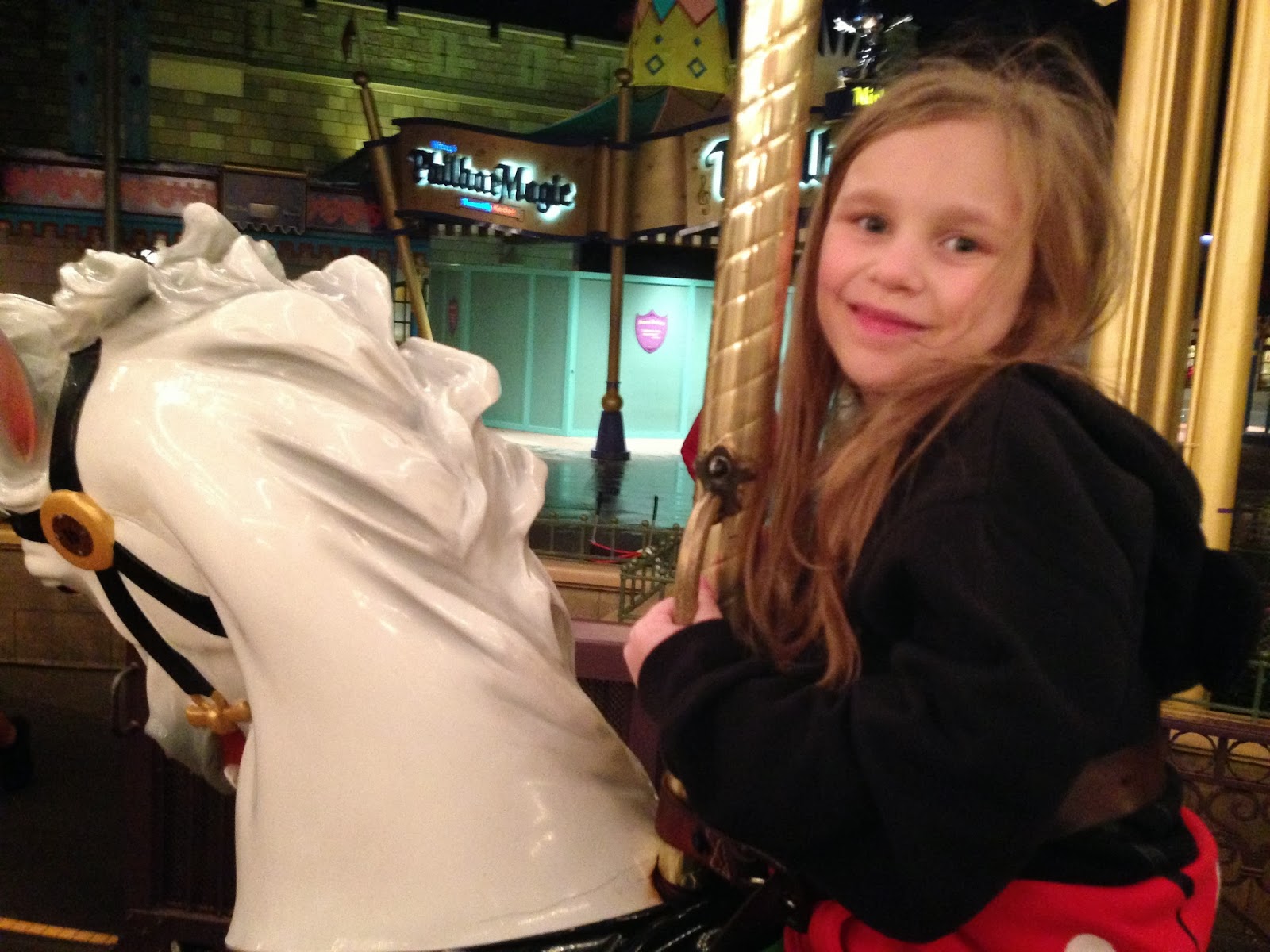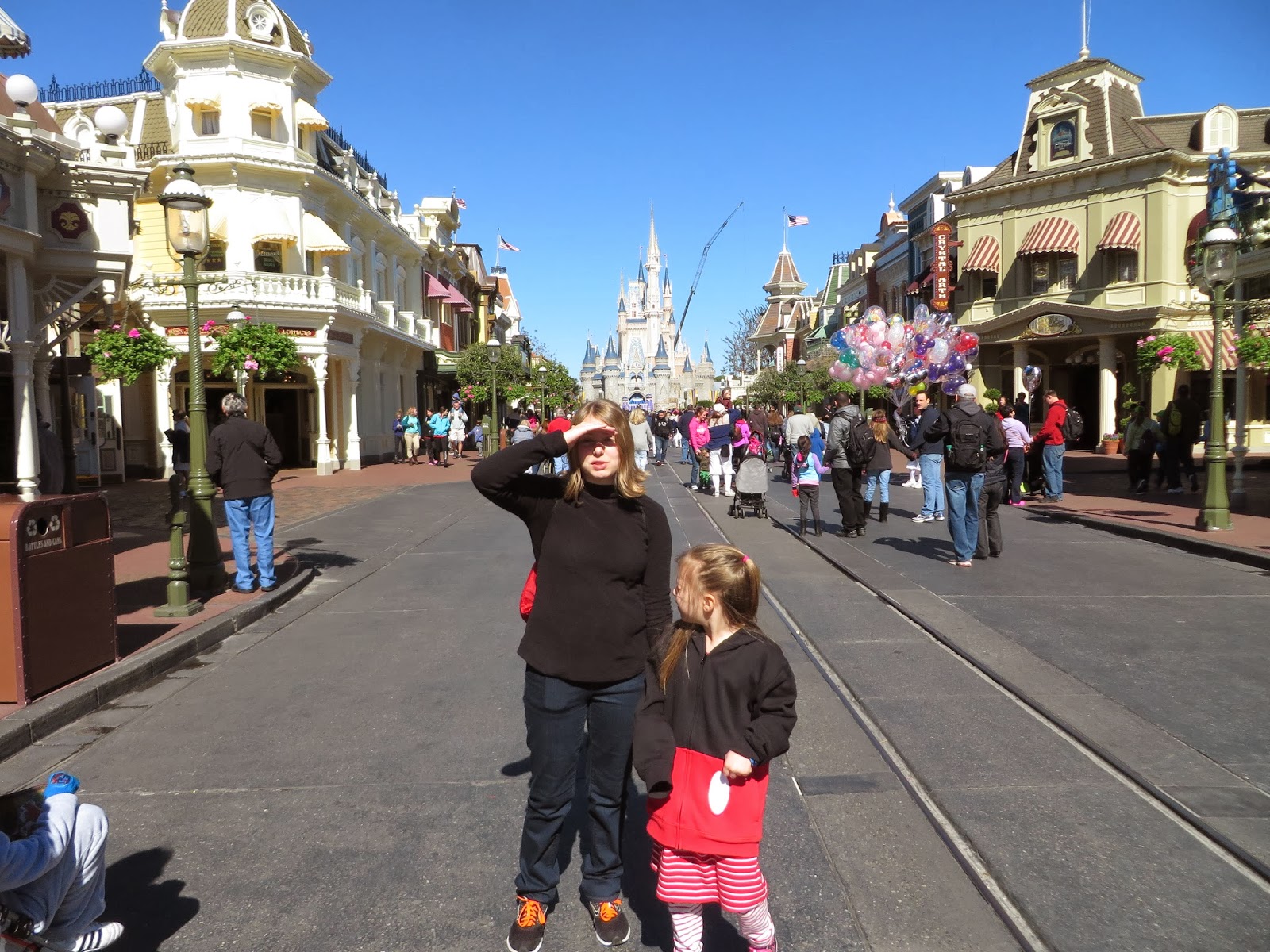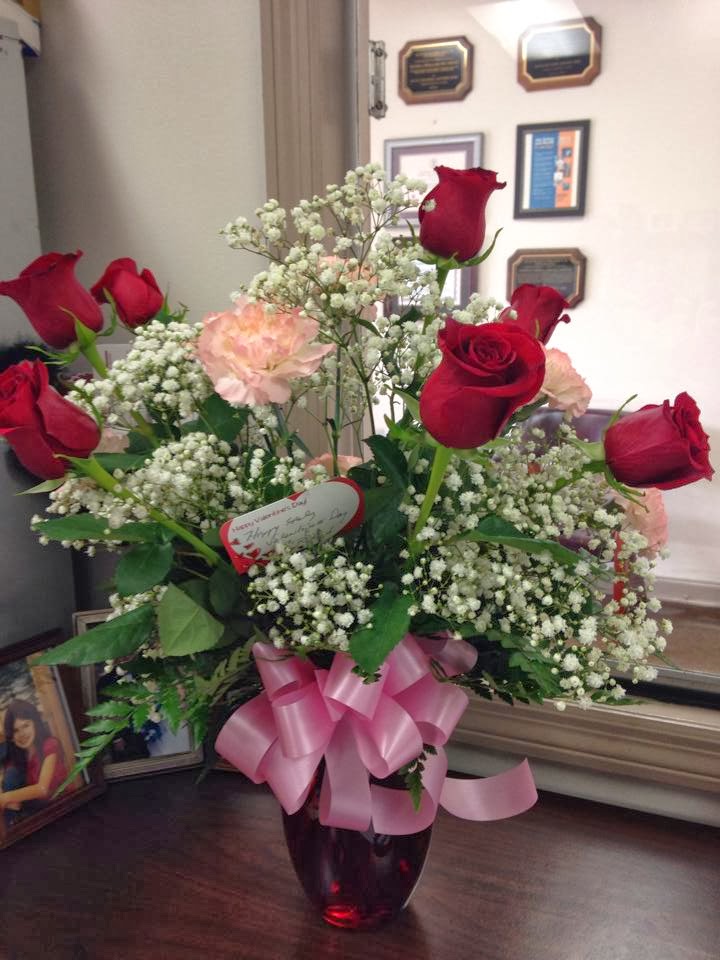February is Women in Horror month. Some of you know that my paranormal romance books border on horror. They are dark and gory. I also write Victorian horror/steampunk-ish books. So, Why Horror?...
Horrors legacy is as old as humanity. We can trace the telling of monster and ghost stories back to ancient times. Almost every culture has their own tales of vampires, shape shifters and even zombies starting before the written word. From pre-history to the Grimm fairytales to Paranormal Activity 3, horror has always been a part of the human experience. What is it about horror that we find so fascinating? There are many opinions on this. Is it possible that partaking of a little horror in life is good for us? I say yes, this vast and varied genre can be beneficial.
In my house, we are all about Hallowe’en. We have more scary decorations than we do red and green ones. So when my daughter began to show her love of all things spooky, it seemed natural. Other people thought we were crazy to make our own styrofoam gravestones for display. “It’s so morbid,” the neighbors said. When Gwendolyn came out dressed for school in March in her favorite skeleton tee-shirt, I didn’t say a word. She likes Goosebumps, Ruby Gloom, Mona the Vampire, and Kendra Kandlestar (more fantasy than horror but she likes it because of the creatures). Her first real drawing was of a Frankenstein monster who was covered in green stitches. Monsters are her favorite, while I am partial to vampires and my husband prefers zombies.
I think all of this is very healthy. There are life lessons to be learned from horror. My daughter knows that to kill a zombie you cut off the head and that vampires drink blood. Useless information for the real world, yes, but not everything learned from horror is. Examples: You never invite a stranger into your home. Going to a secluded area isn’t always the best plan. Not telling your parents where you’re going when you’re staying out late can be dangerous.
In horror we are free to explore feeling without consequence. It’s a safe way to experience being scared. People have a need for stimulation and excitement, but we don’t want it at the risk of actual personal peril. We know that when we are done, we won’t be missing any limbs or have a stake through the heart. It’s reassuring because it’s fiction. Monsters are in the books, not real life. Once we are finished reading or watching, we can simply put up that entertainment and, subsequently, the fear too.
Horror stories allow us to explore fear and death from a slightly separated space. We will die; all are doomed. When we read or watch a fictional depiction of that, we face our greatest fear.
After I answer the inevitable, “why horror?”, the next is always, “but you’re a woman!” I think Bela Lugosi said it best. “It is women who bear the race in bloody agony. Suffering is a kind of horror. Blood is a kind of horror. Women are born with horror in their very bloodstream. It is a biological thing.”
~Author Natalie Gibson
...Evil Has No Face...
Hateful Burden is a gaslight-era horror novel as well as a psychological thriller where friends and foes are not always what they seem. In this dark urban fantasy, paranormal powers are bred and collected.
Lady Ramillia Winmoore, daughter of the Earl of Brooksberry, has suffered from gaps in her memory her entire life. But this darkness is a blessing. Whenever she feels threatened, it takes over and protects her from feeling pain or even the slightest bit of discomfort. That is until the day she awakens strapped to an examining table at the West Freeman Asylum for Lunatics.
Imprisoned for the gruesome murder of her parents, Ramillia learns she has lost ten months to the darkness. Forced to endure years of tortuous treatments in a grimy, hidden cell, salvation arrives in the form of a benefactor named Sir Julian Lawrence. Betrothed to her through an arranged marriage, he helps her gain freedom.
But appearances are deceiving and soon Ramillia learns the cost she must pay. The horrors she encounters in his household are far worse than the asylum when he inducts her into a society of blood-thirsty, cruel immortals. Soon she is forced to join them and accept their way of life.
Now Ramillia must break free of a prison she cannot see, kill an enemy that cannot die, and find a daughter that she cannot remember--all with the help of an ally she does not know. Who is Sally and can she be trusted? Is this mysterious and frightening woman trying to save her or is she planning on saving Ramillia for herself?
★★★★★ "...this is a book that has more creep and scare factor than most horror books I have read. Yet it also has romantic love, familial love and friendship bonding that are portrayed with sensitivity and finesse." ~Karen Bryant Doering, reviewer Parents' Little Black Book
Book 2 in the Carrier Trilogy,
Wretched Blood
is coming out in March.
Look out world!
Ramillia is back and she's got a hell of a brood with her.
So what books influenced me in writing Hateful Burden?...
Everything I’ve ever read has had an influence on my writing. Steven King says, “If you don’t have time to read, you don’t have the time (or the tools) to write. Simple as that,” and I tend to agree. Authors like Lilith Saintcrow, Christine Feehan, and Anya Bast most influenced my Sinnis Series. Orson Scott Card, John Steakley, Tim Powers, Terry Pratchett, Robert J. Sawyer and Steven Brust are amazing authors and anyone who reads these works takes a bit of that magic into themselves. I’d like to talk today about the books and authors that most influenced and inspired Hateful Burden. None of these are new books so I’ll assume you’ve read them. I won’t worry about spoilers so look out for them if you are a few decades behind on your reading.
I am Legend by Richard Matheson - In the end, the main character realizes he’s the boogie man in a world of monsters, a world that used to belong to his kind. He’s the monster in their room, the one they tell their children about. He creeps into their bedrooms while they sleep and kills them. They fear him much more than he fears them. This is powerful stuff. It’s about relative right and wrong. It’s not absolute black and white but shades of gray determined by the majority.
The Strange Case of Dr. Jekyll and Mr. Hyde by Robert Louis Stevenson - This classic falls under the same category as I am Legend. It’s about the evil we all have inside of us and the things we are capable of with the smallest of inhibitions removed. The danger comes from within.
“Two such opposed kings encamp them still
In man as well as herbs—grace and rude will;
And where the worser is predominant,
Full soon the canker death eats up that plant.” ~Friar Lawrence, Romeo and Juliet, Act II, scene III
In man as well as herbs—grace and rude will;
And where the worser is predominant,
Full soon the canker death eats up that plant.” ~Friar Lawrence, Romeo and Juliet, Act II, scene III
Anne Rice’s Vampire Chronicles - I read these books a LONG time ago. They changed the face of vampire from the creepy and grotesque to the seductive and dangerous. Though they are not vampires in Hateful Burden, Julian is a version of Lestat, charming and powerful with nothing to fear and nothing to lose. He uses Ramillia to quicken him once more just as Lestat uses Louis.
Dracula by Bram Stoker and Frankenstein by Mary Shelley were both written in the 19th century and their influence as gothic horror can be easily seen.
A Nice Place To Live by Robert C Sloane - Clearly what we see around us at first glance can be deceiving. What we want home to be and what it is are two different things.
Door to December by Dean Koontz - Such evil and violence and fear from a tiny girl. It is similar to Hateful Burden in that respect. The reader doesn’t know what is going on until very far into the book. It’s a paranormal, horror, mystery, thriller that delights in all areas.
The Eyes of the Dragon by Stephen King - Stephen King’s talent and proliferation can not be argued against. This one inspired me because it is so different than his usual genre. He wasn’t afraid to step out of his comfort zone and the result is a very enjoyable fantasy book. I am glad I followed his lead and stepped out of my own comfort zone. I think the result is actually my best work yet.




